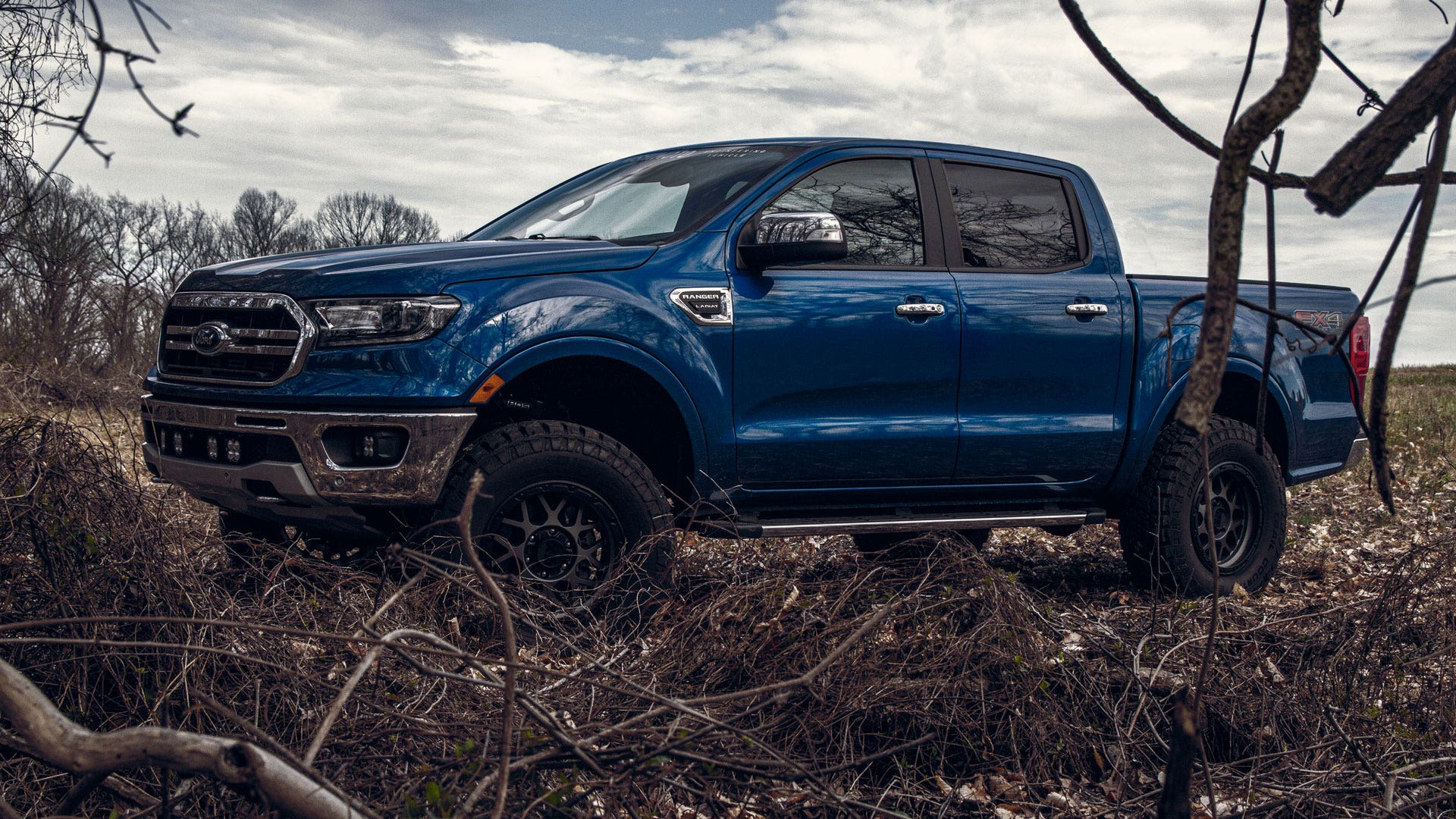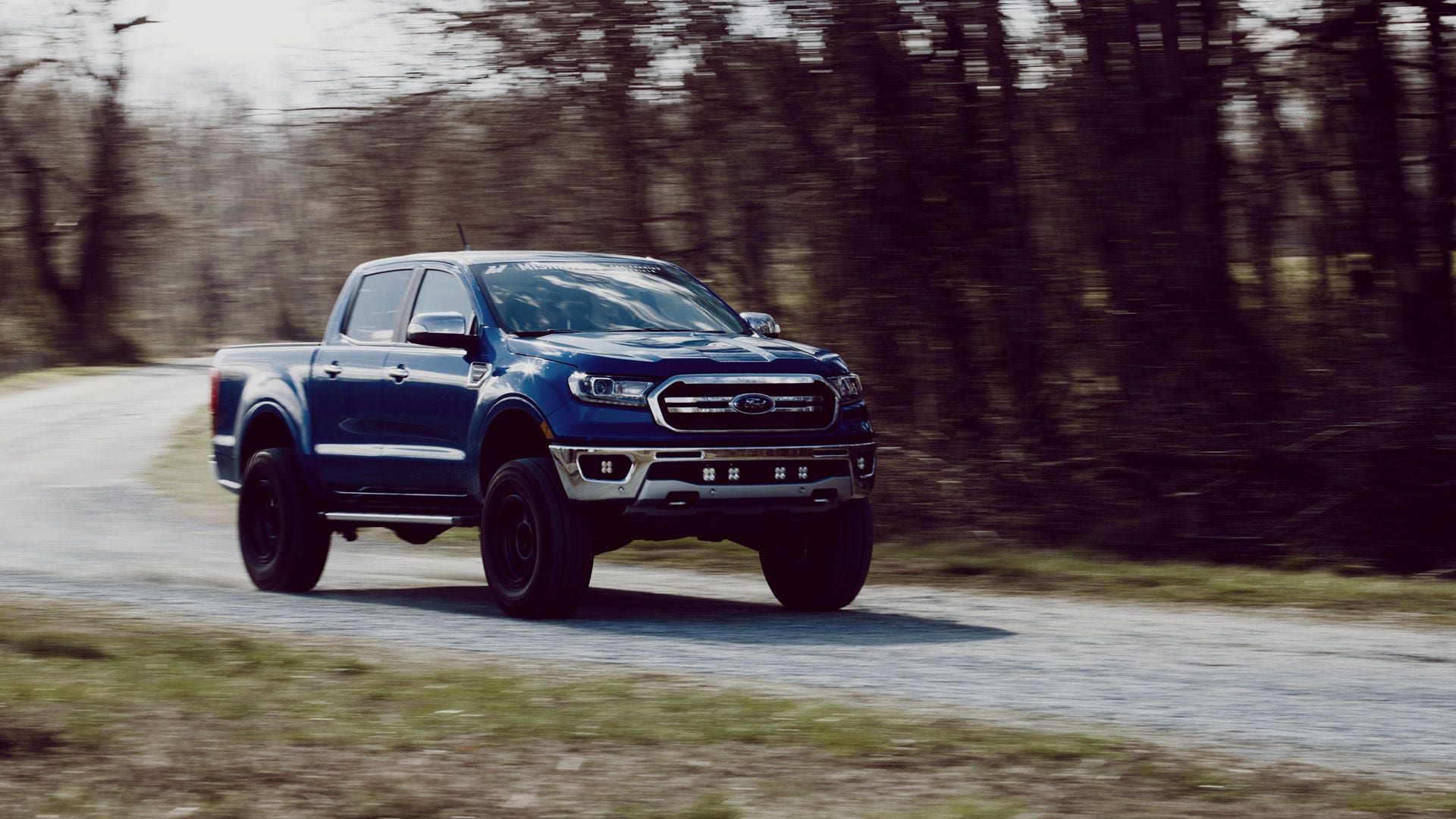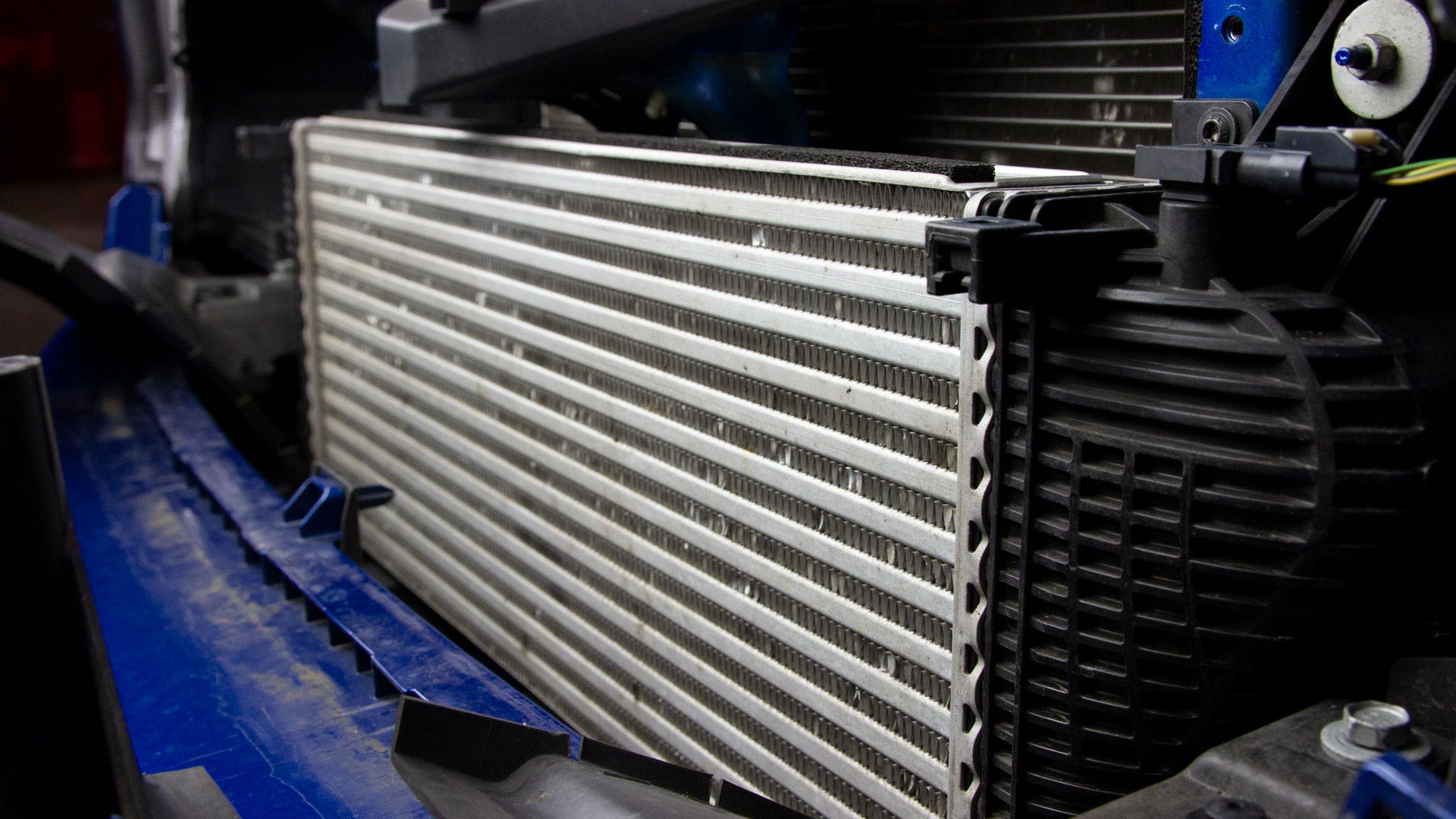
Go Your Own Way - Performance Intercooler, Part 1: Stock Review
Lately, it seems commercials for trucks, SUVs, CUVs, and every other acronym on four wheels have the same narrative. A traffic jam ahead and a forlorn look on our business-casual hero's face. Suddenly, as if it hadn't quite sunk in yet, our hero remembers they bought a vehicle capable of driving on that conveniently placed side road; the one that's just dusty enough to add some drama to the shot, but not treacherous enough to require much driving skill. A couple presses of the nav screen and the hero is home before the dust settles.
While many vehicles seek to make you feel like you could go your own way whenever the mood strikes, few pull it off quite as well as the 2019+ Ford Ranger. The Ranger's compact size and efficient engine make it at home in the city, while its cleverly design chassis and plethora of available off-road tech mean it's capable of tackling even the most technical trails. But, despite the Ranger's adaptability off the dealer's lot, there are some aspects that can be improved.

Whether you're commuting to work or hitting the dunes, the Ranger's ultra-efficient 2.3L turbocharged engine is the heart of its versatility. Turbocharging helps the little 4-cylinder EcoBoost crank out 310 lb-ft of torque, but as the boost builds, so does the heat, and heat is the enemy of efficiency. To help keep that heat at bay and keep the 2.3L EcoBoost running efficiently, compressed air from the turbocharger flows through a heat exchanger known as the intercooler. In stock form, the Ranger's intercooler is decent, but trucks like the Ranger rarely stay stock for very long, and with more tuning comes more heat. Even if your Ranger never sees a tune, the stock intercooler can still be improved.

The first feature we examine on any heat exchanger is often the end tanks. Like most stock heat exchangers, the Ranger's intercooler end tanks are made from plastic. While plastic is economical for manufacturing thousands of trucks, it's brittle, and over time heat and the elements will only make it weaker. When you push 20+ PSI of boost pressure into a weakened plastic end tank, it doesn't end well - nobody wants a 2.3L formerly-turbocharged engine. Our intercooler end tanks will be cast aluminum for greater strength and durability. The stock end-tank design is simple, but we'll have to pay special attention to the driver-side end tank as it houses the Ranger's boost pressure sensor. Casting the end tanks will also allow us to optimize the internal structure for optimal flow.

Moving away from the end-tanks, we find the heart of the intercooler and another component we can improve: the core. The core of the stock Ranger intercooler looks hardy from the outside, but looks can be deceiving. The large rectangular tubes resemble a bar-and-plate construction, but upon further inspection, this stock intercooler is a plain tube-and-fin construction. Like the plastic end tanks, tube-and-fin cores are economical for mass production, but they leave a lot on the table when it comes to performance and strength. The thinner tubes of tube-and-fin intercoolers are more prone to punctures -that's not ideal for an off-road oriented truck, especially with its intercooler right out in front.

Durability aside, it's also important to keep heat soak in mind when modifying truck that may spend a lot of time at low road speeds, whether in city traffic, or carefully navigating a trail. The low mass of a tube-and-fin intercooler is a detriment in these situations, as the cooler can't absorb as much heat. When airflow through a tube-and-fin intercooler is low, there's nowhere for the heat to go and the charge can't be cooled. To improve both the durability and the performance of our intercooler, we'll be taking the looks of the stock intercooler to the next level by using a bar-and-plate core. A bar-and-plate core will make our intercooler a little heavier than the stock unit, but the drastically improved heat dissipation and durability will be worth a few pounds. We'll fill our core with fins tailored to balance flow with heat dissipation for an intercooler that can take anything mother nature, or your right foot, can throw at it.
In the next few months, we'll be flow testing, 3D-scanning, prototyping, and sampling our way to an intercooler that's as versatile as the 2019+ Ranger. When we're done, you'll be able to go your own way without worrying about high temps slowing you down. So, keep an eye out for the next step in our R&D and, as always, let us know what you think.









